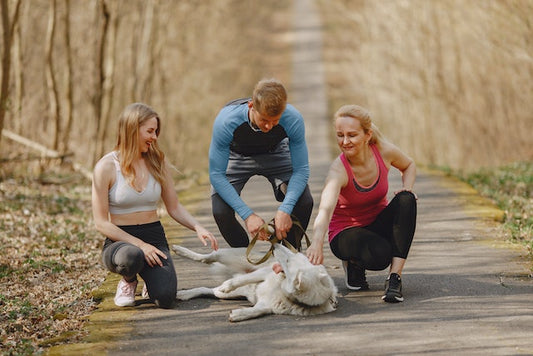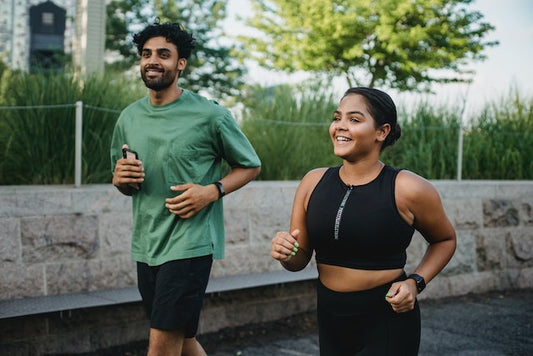The following is part 2 in a series of post that were created as an experiment with artificial intelligence starting with me asking ChatGPT about training for a marathon out of curiosity. After generating that first article, I decided to ask it to keep going with this question.
Based on the article above, can you write me a second article contrasting the different approaches mentioned.

Here is the next post in the series. What do you think?
Training for a major marathon requires careful planning and execution to ensure runners can complete the 26.2-mile distance. There are various approaches to marathon training, each with strengths and weaknesses. In this article, we will contrast three popular approaches to marathon training, namely the Hansons Method, the 80/20 Method, and the Galloway Method.
The Hansons Method is a high-mileage training program emphasizing endurance and cumulative fatigue. The program involves running six days per week, with runners averaging 60-80 miles per week. The Hansons Method is designed to simulate the fatigue that runners experience during a marathon by incorporating back-to-back hard workouts. However, the program's high mileage can be challenging for some runners and increase the risk of injury.
The 80/20 Method is another popular approach that emphasizes the importance of easy runs in marathon training. The program is based on the principle that 80% of a training should be done at a low intensity, while the remaining 20% is done at a high intensity. The program focuses on building endurance while also improving speed and includes a mix of interval training and long runs. However, the program can be challenging for runners who struggle with motivation, as the majority of the training is done at a low intensity.
The Galloway Method is a run-walk approach to marathon training that emphasizes conserving energy and reducing the risk of injury. The program involves alternating between running and walking throughout the race, with runners starting with a run/walk ratio of 10:1 and gradually reducing the walking breaks as they build endurance. The Galloway Method is popular among beginners and older runners, as it allows them to complete a marathon without pushing their bodies too hard. However, the program may not be suitable for runners who wish to improve their race times, as the walking breaks can slow down their pace.
When contrasting these approaches, it is important to consider individual needs and preferences. The Hansons Method is ideal for runners who have a strong base of fitness and are willing to put in the work to build endurance. The 80/20 Method is ideal for runners who want to improve their speed while also building endurance and who are motivated to complete the majority of their training at a low intensity. The Galloway Method is ideal for beginners and older runners who want to complete a marathon without pushing their bodies too hard.
There is no one-size-fits-all approach to marathon training. Each approach has its strengths and weaknesses, and it is up to runners to decide which program will work best for them. By choosing the right training program and following a disciplined training plan, runners can confidently achieve their marathon goals and complete the 26.2-mile distance.
- - - - -
The featured image was also created with AI in the Runway application




